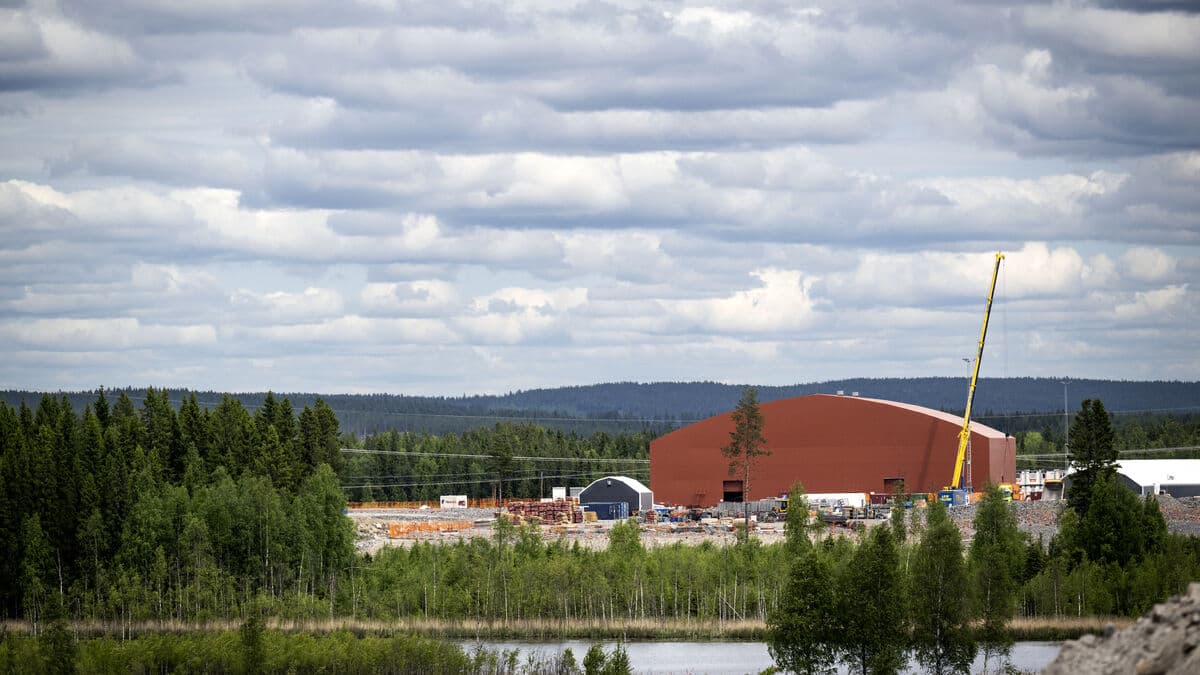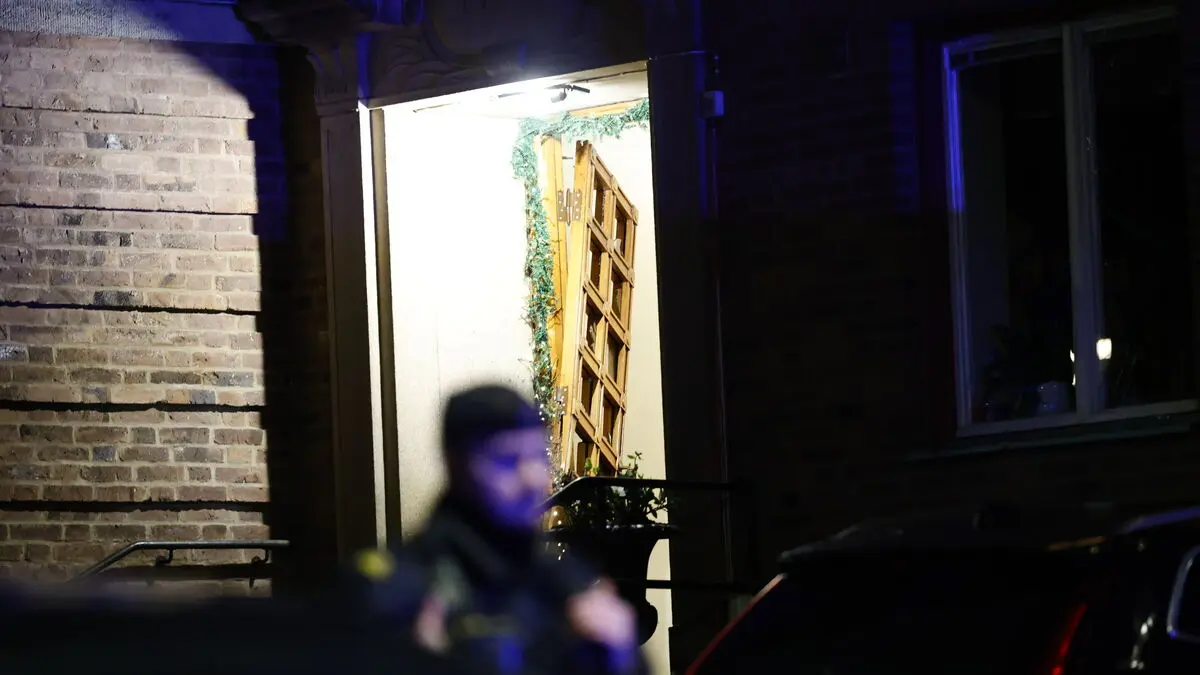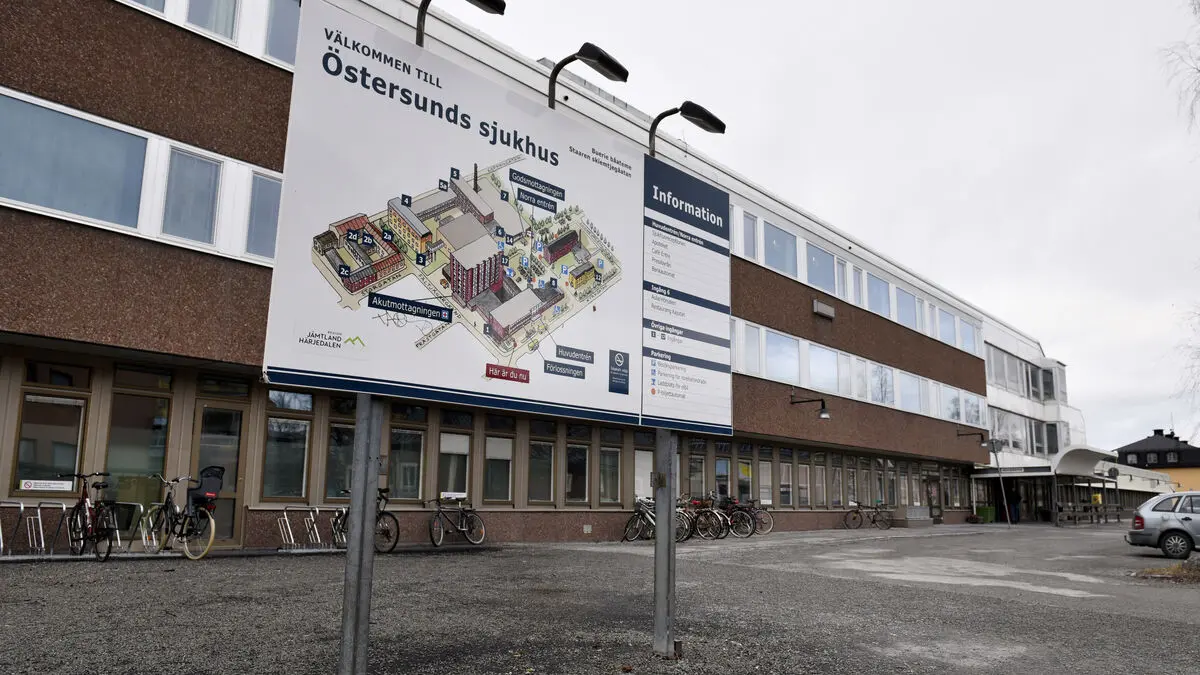Boden has, like many municipalities in the north, been concerned about a shrinking population. When Stegra in 2021 announced that it wanted to establish itself here, it was therefore completely in line with the plan to grow, among other things by attracting electricity-intensive industry.
The hope is that the number of inhabitants will go from 28,000 to 33,000 within a few years, when infrastructure, shops and schools are also being built.
Borrowed 1.6 billion
In order to be able to grow quickly enough, the municipality has so far borrowed 1.6 billion kronor, money that is not solely linked to Stegra, according to municipal councilor Béatrice Öman.
A lot of it is investments and reinvestments that would have been made anyway. It is important to nuance the picture, she says.
Directly linked to the area where Stegra is located, the municipality is building out infrastructure for around 600 million kronor, according to Öman.
But there is much more space there than just for Stegra, she says.
But The Moderate Party's group leader in Boden, Tobias Sundberg, is sharply critical of the municipality's debt.
Boden municipality has mortgaged itself violently hard for this investment.
It is a situation that a municipality should never put itself in, he says.
His picture is partially confirmed by Sofia Lundberg, professor of economics at Umeå University, who in a report from this spring showed that several Swedish municipalities are taking large risks for the green transition.
The municipalities are taking disproportionately large risks in relation to the fact that the benefit goes beyond the municipality's own benefit, she says.
Construction is ongoing
Béatrice Öman says that there has been a concern about the green steel project from the start, because it is such a large establishment.
We were worried when we made the decision to be positive about an establishment. As long as the steel plant is not completed, I will continue to be worried, she says.
Currently, the construction is 60 percent complete.
In the absence of information, I rely on the information I get.
Construction is ongoing and the construction rate is one percent per week, and that means we expect a completed steel plant, says Öman.





